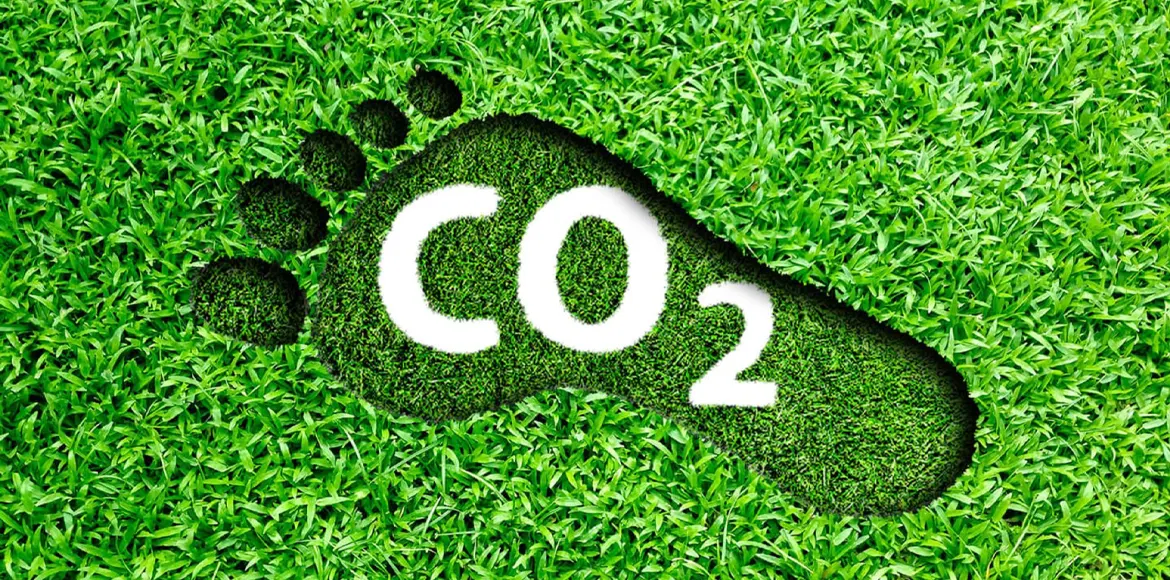The Role of Lead Recycling in Reducing Industrial Carbon Footprints

Lead-acid batteries—think car batteries—are one of the most recycled products on the planet, with recycling rates topping 95% in many regions. Unlike other materials that lose quality over time, lead can be recycled indefinitely without degrading. This closed-loop system means industries can reuse the same lead over and over, drastically cutting the need for energy-intensive mining and smelting of new lead ore. Less mining equals fewer emissions—a big win for the planet.
Producing virgin lead from ore is a carbon-heavy process, requiring high temperatures and significant energy, often from fossil fuels. Recycling lead, on the other hand, uses up to 70% less energy. By melting down old batteries and refining the lead, industries can skip the dirtiest steps of production. This energy efficiency translates directly into lower greenhouse gas emissions, making lead recycling a practical tool for decarbonizing heavy industry.
The Role of Lead Recycling in Reducing Industrial Carbon Footprints
As industries worldwide grapple with the urgent need to cut carbon emissions, lead recycling emerges as a quiet yet powerful ally. Lead, a heavy metal synonymous with batteries and industrial applications, has a recycling story that’s transforming how we think about sustainability. Far from being just a waste management tactic, lead recycling is slashing industrial carbon footprints and paving the way for a greener future. Here’s how.
Kathryn Murphy
Reducing Waste and Risk
Beyond emissions, lead recycling tackles another industrial headache: hazardous waste. Unrecycled lead can leach into soil and water, posing environmental and health risks. By diverting batteries from landfills and safely reprocessing them, industries shrink their ecological footprint while meeting stricter regulations. It’s a double benefit—lower carbon emissions and a cleaner environment.

